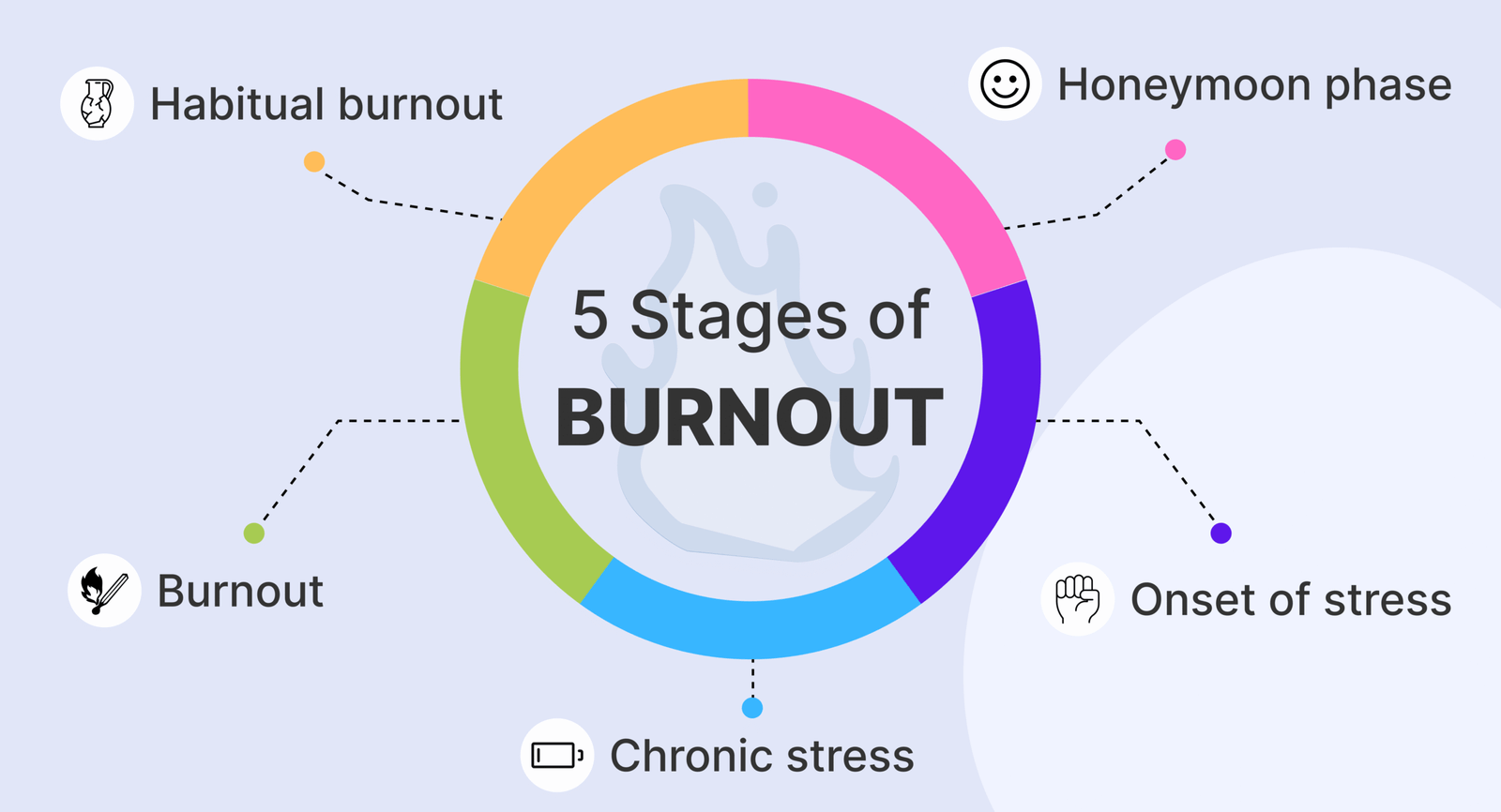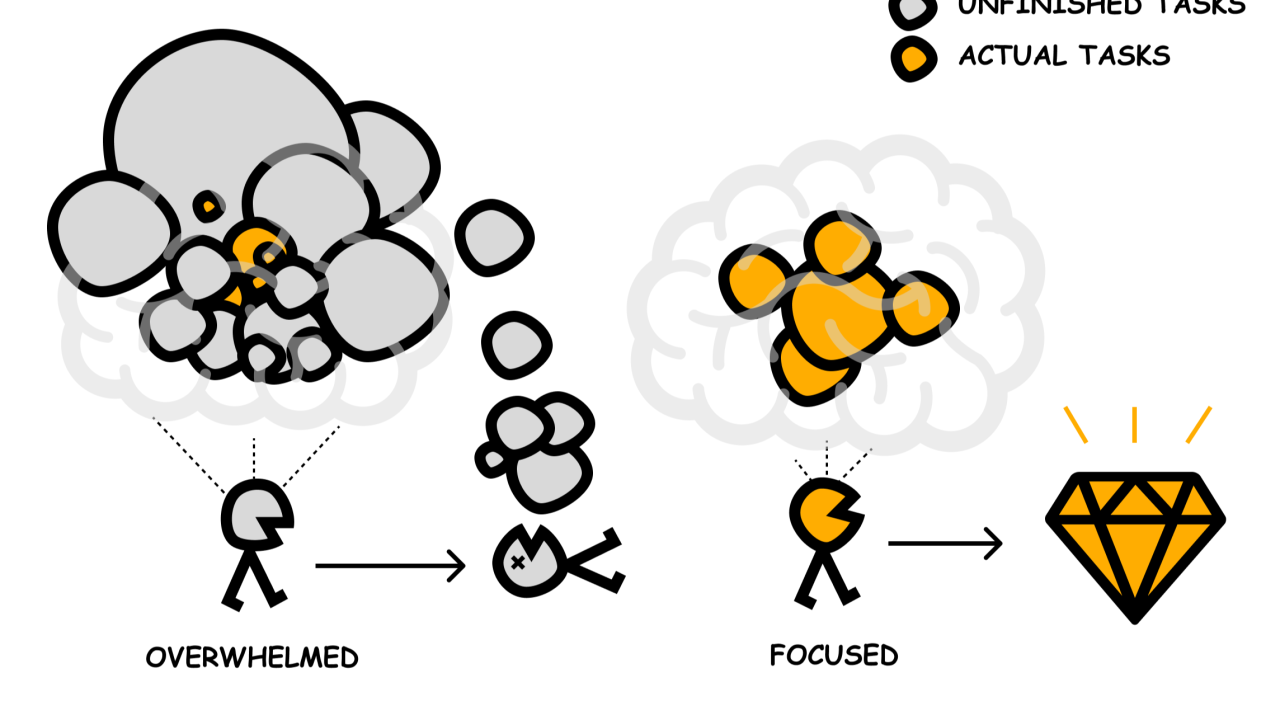Burnout syndrome is a psychological condition caused by prolonged and unmanaged stress, particularly in the workplace or in roles with high emotional demands. It is characterized by three main symptoms: emotional exhaustion, depersonalization or detachment from work and others, and a reduced sense of personal accomplishment. Unlike ordinary tiredness, burnout does not go away with rest and can have serious consequences for mental and physical health.
The term “burnout” was first used in the 1970s to describe the emotional collapse experienced by people in helping professions such as healthcare, teaching, and social work. Today, burnout is recognized across all fields and age groups, affecting anyone under constant pressure, including students, caregivers, and even remote workers. Common causes include excessive workload, lack of control, unclear expectations, lack of support, and a mismatch between values and the work being done.
Burnout often develops gradually. In the early stages, individuals may feel overwhelmed or emotionally drained. Over time, this can evolve into feelings of cynicism, irritability, and disconnection from one’s job or responsibilities. Eventually, burnout can lead to serious health problems such as anxiety, depression, insomnia, and even cardiovascular issues. It may also reduce productivity, increase absenteeism, and damage personal relationships.
Preventing and treating burnout requires both individual and organizational strategies. On a personal level, stress management techniques like mindfulness, physical exercise, setting boundaries, and taking regular breaks are helpful. Seeking social support and professional counseling can also be crucial. At the organizational level, promoting work-life balance, providing resources and recognition, and creating a healthy, respectful work environment are key.
In conclusion, burnout is a growing concern in today’s fast-paced, high-pressure world. Recognizing the signs early and taking meaningful steps to restore balance and purpose is essential—not only for individual well-being but also for maintaining healthy and sustainable communities.





